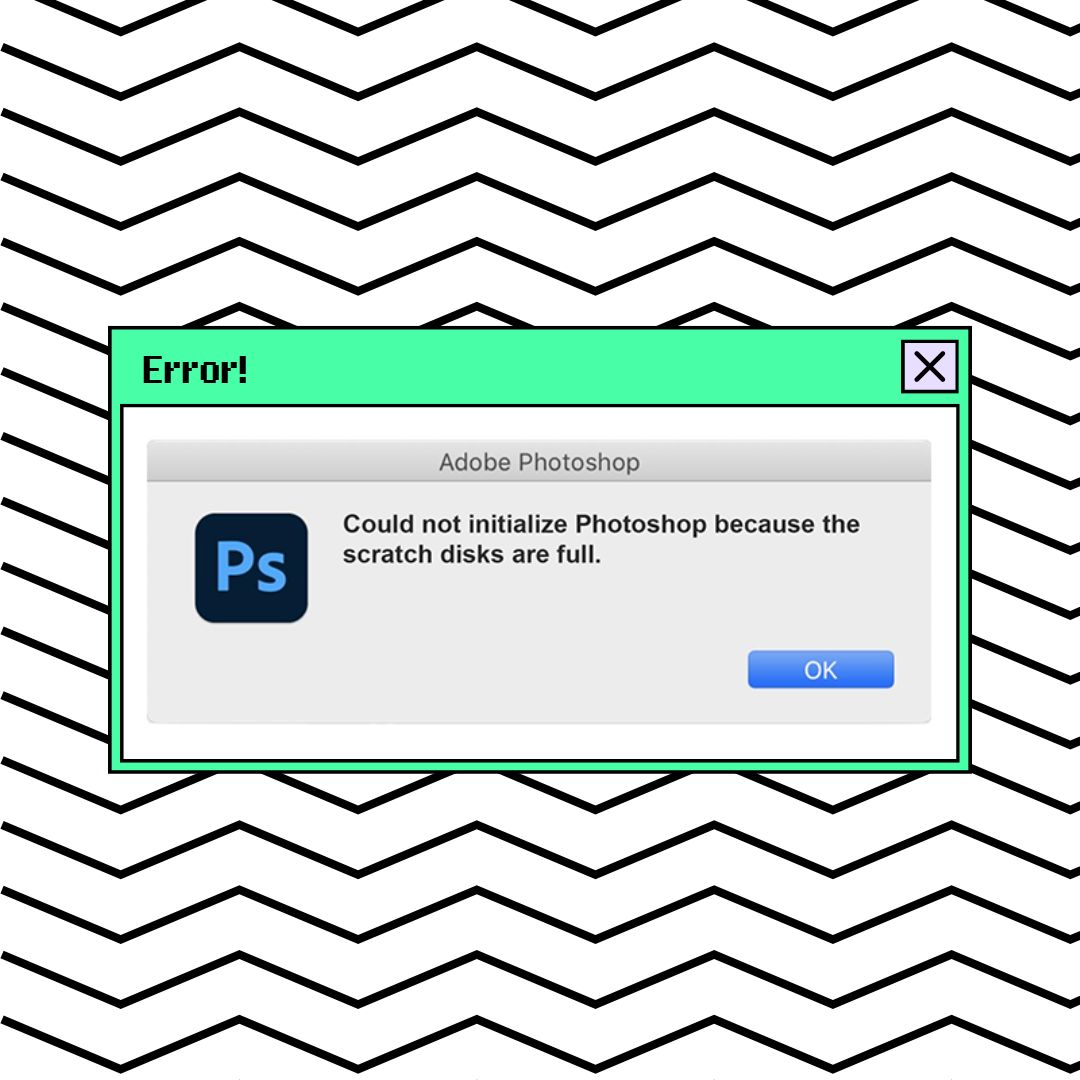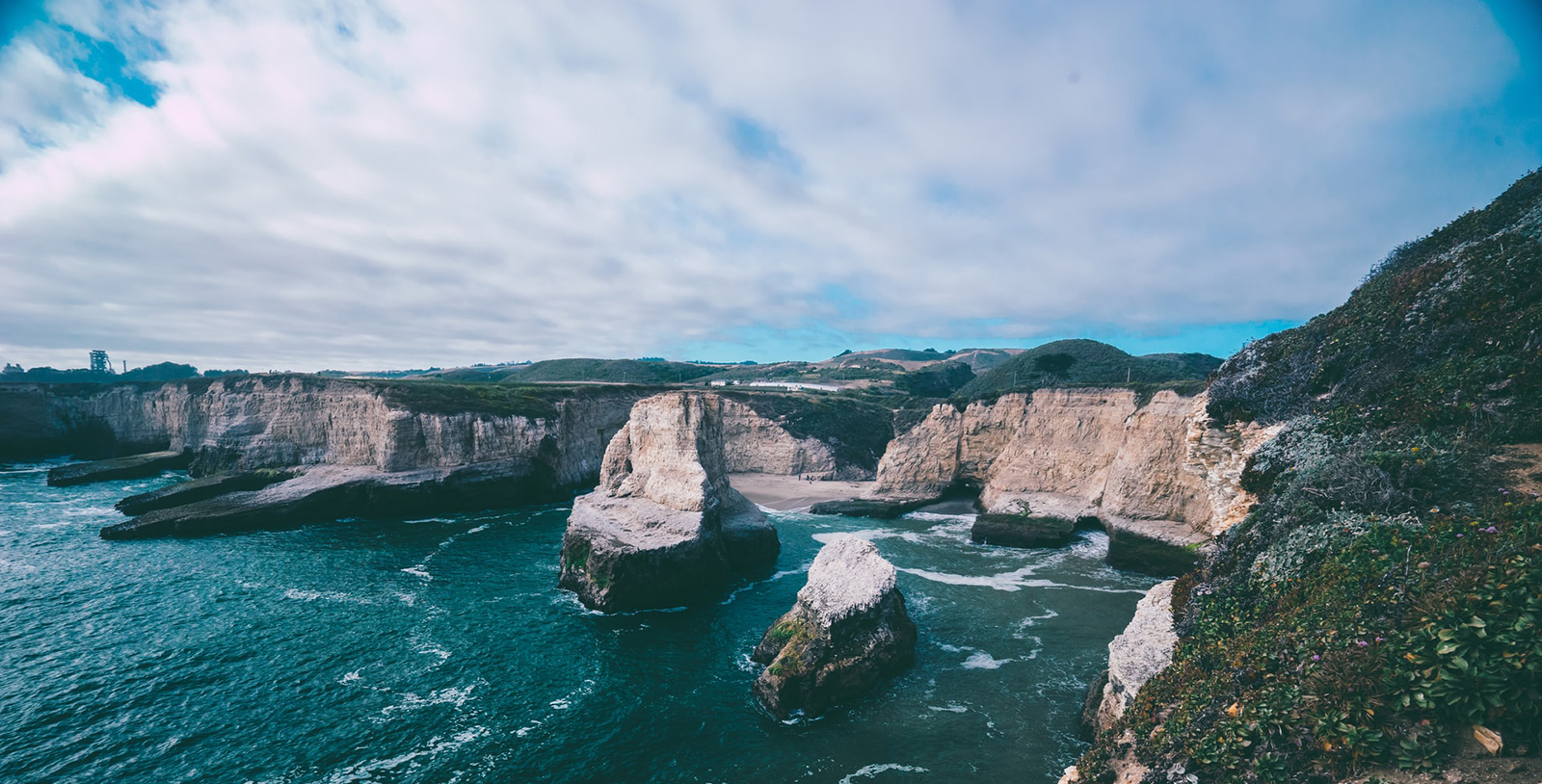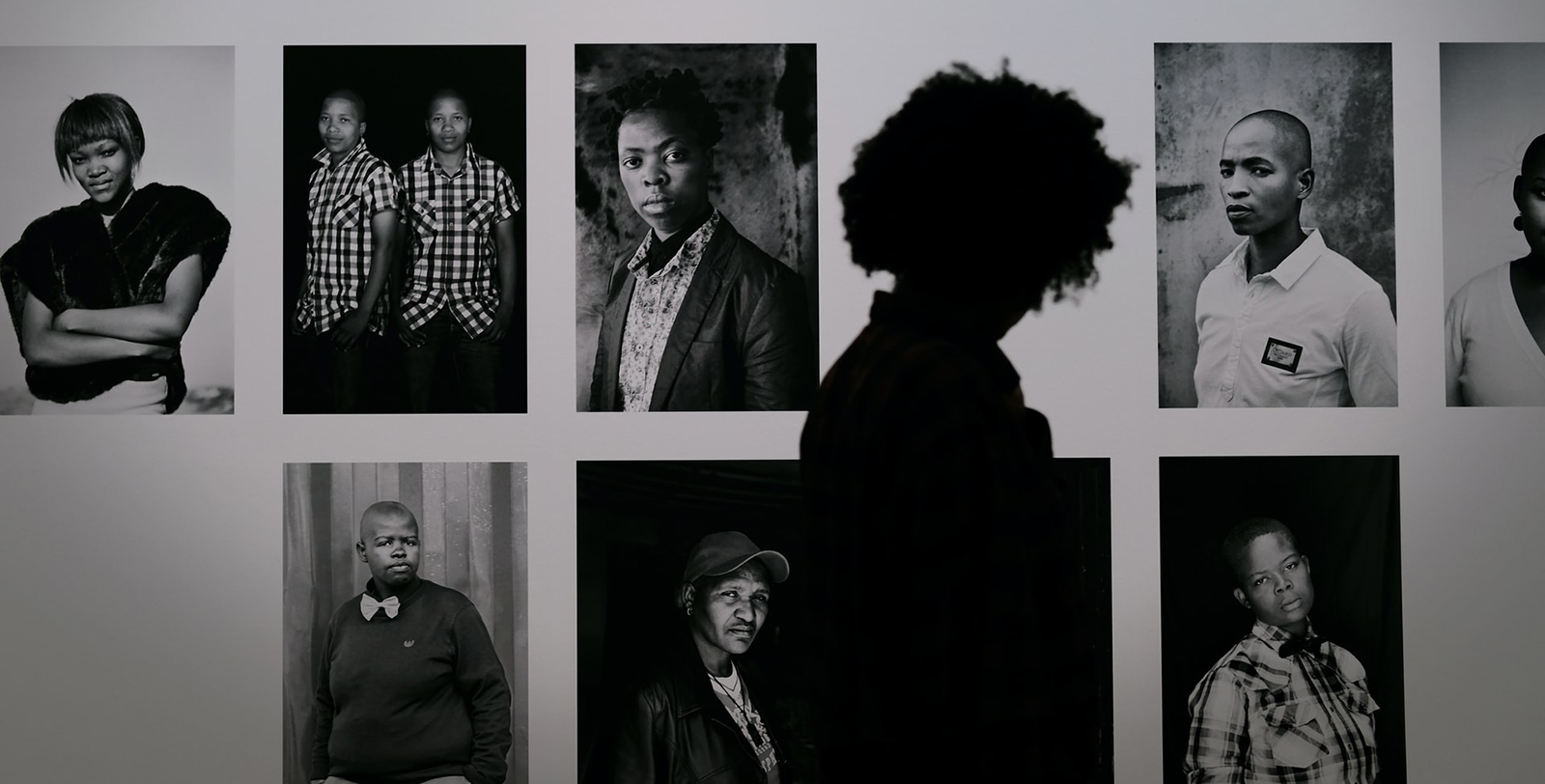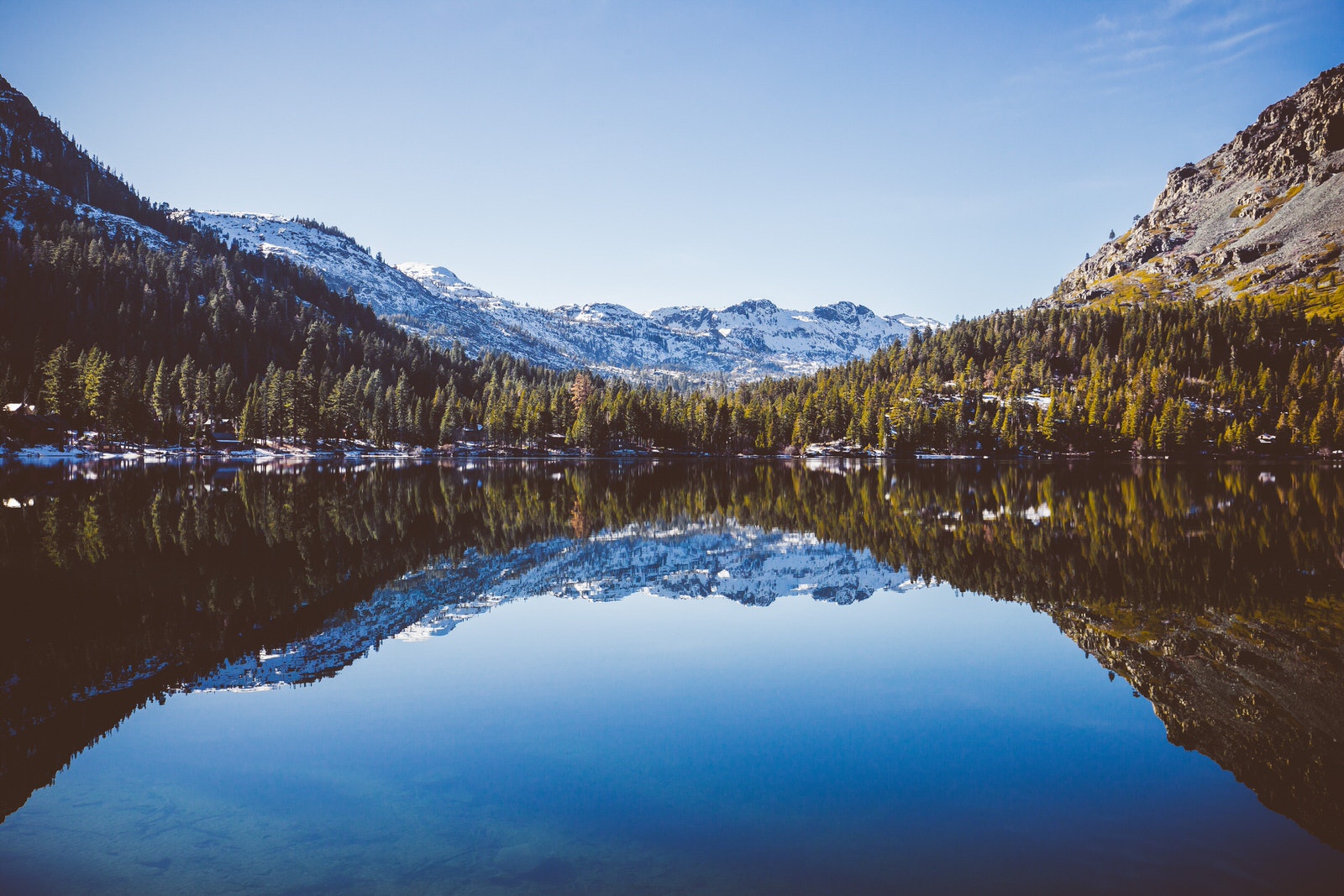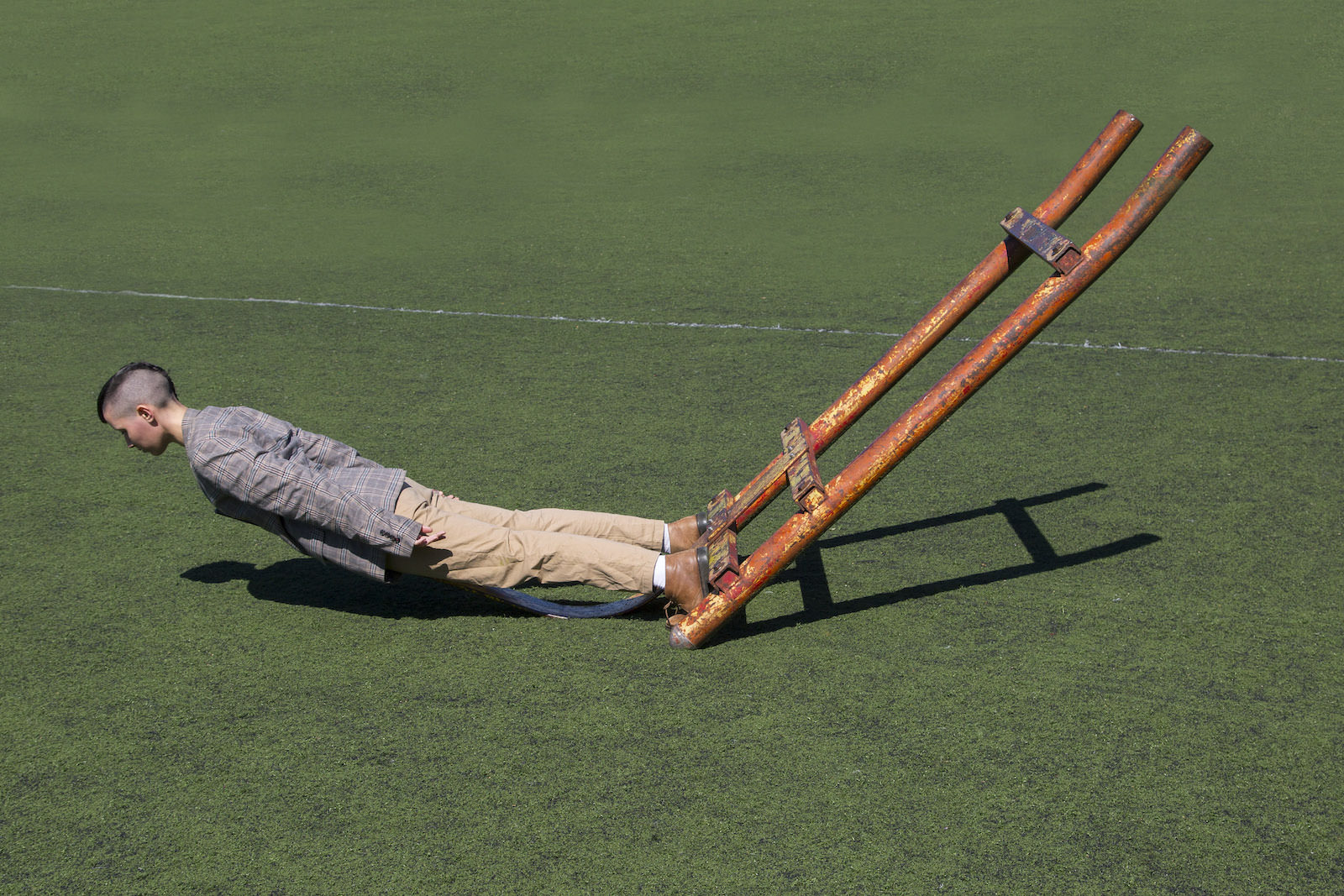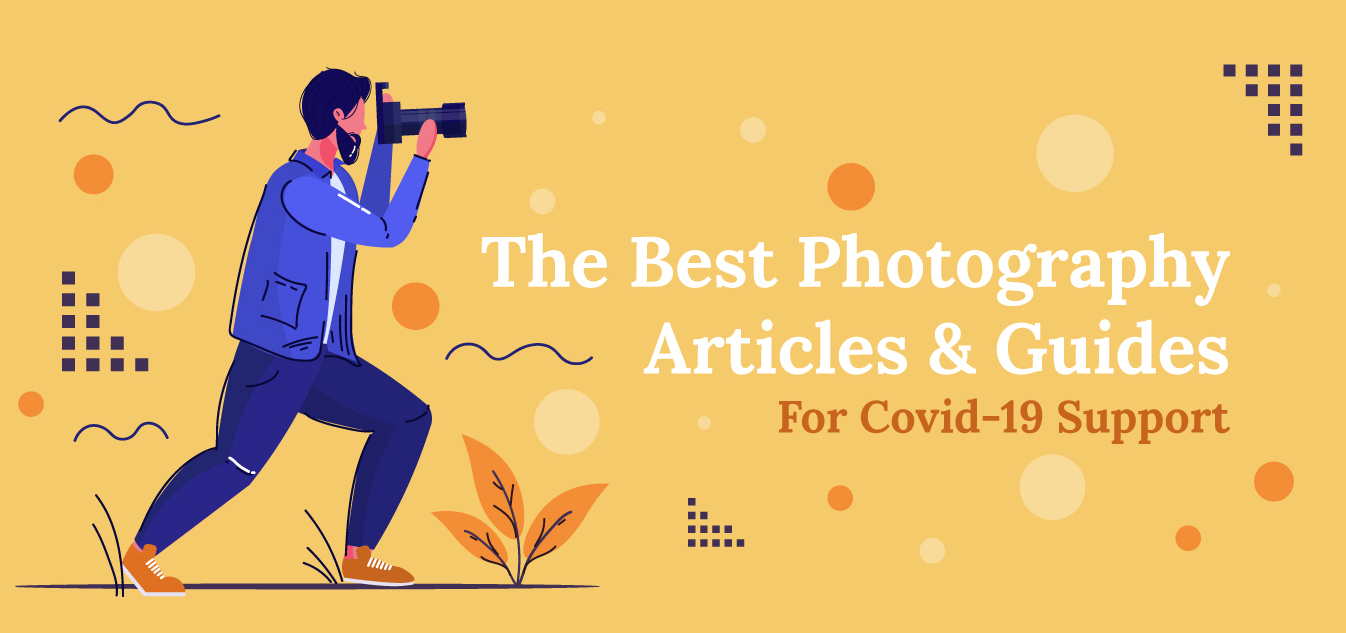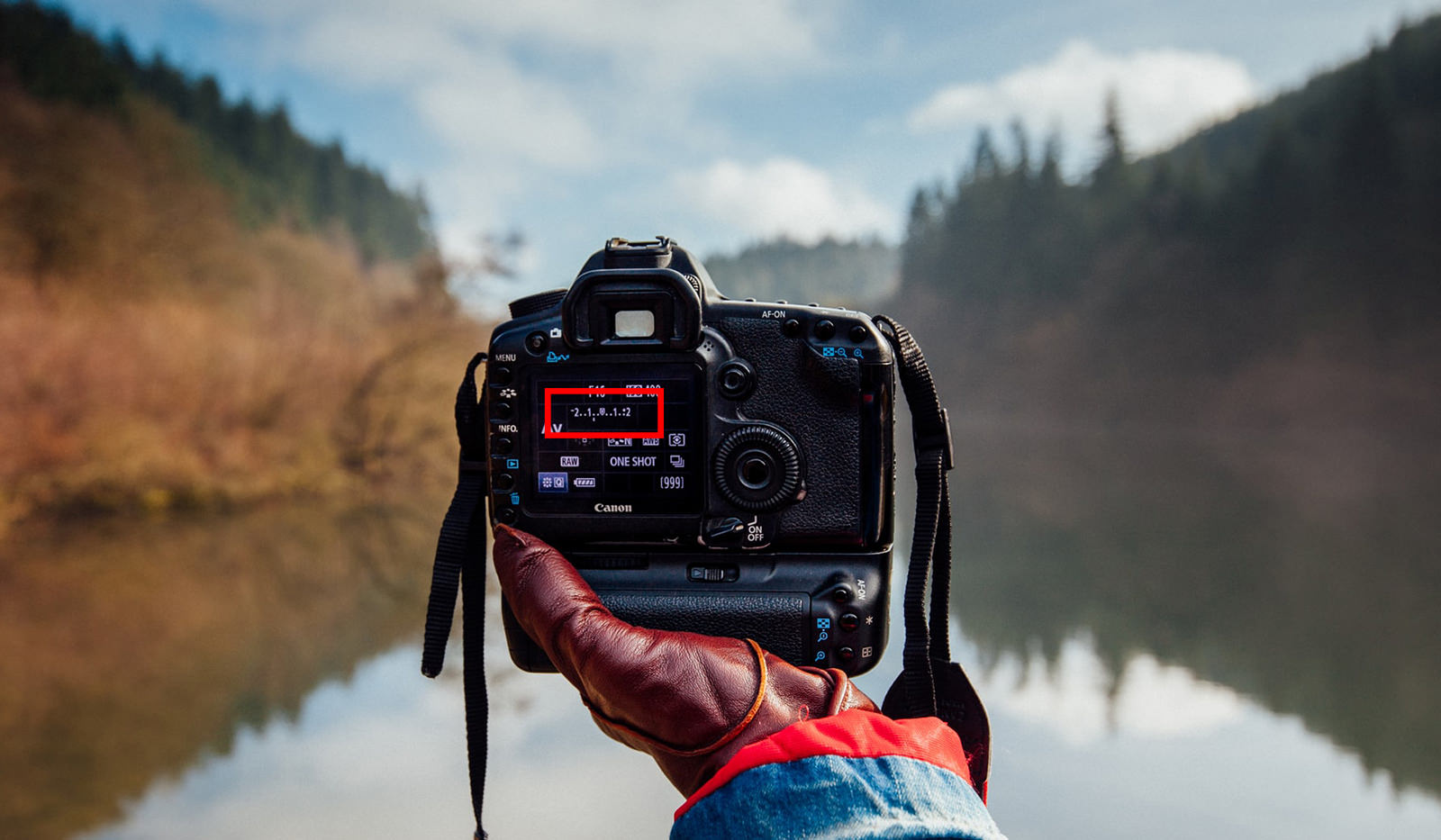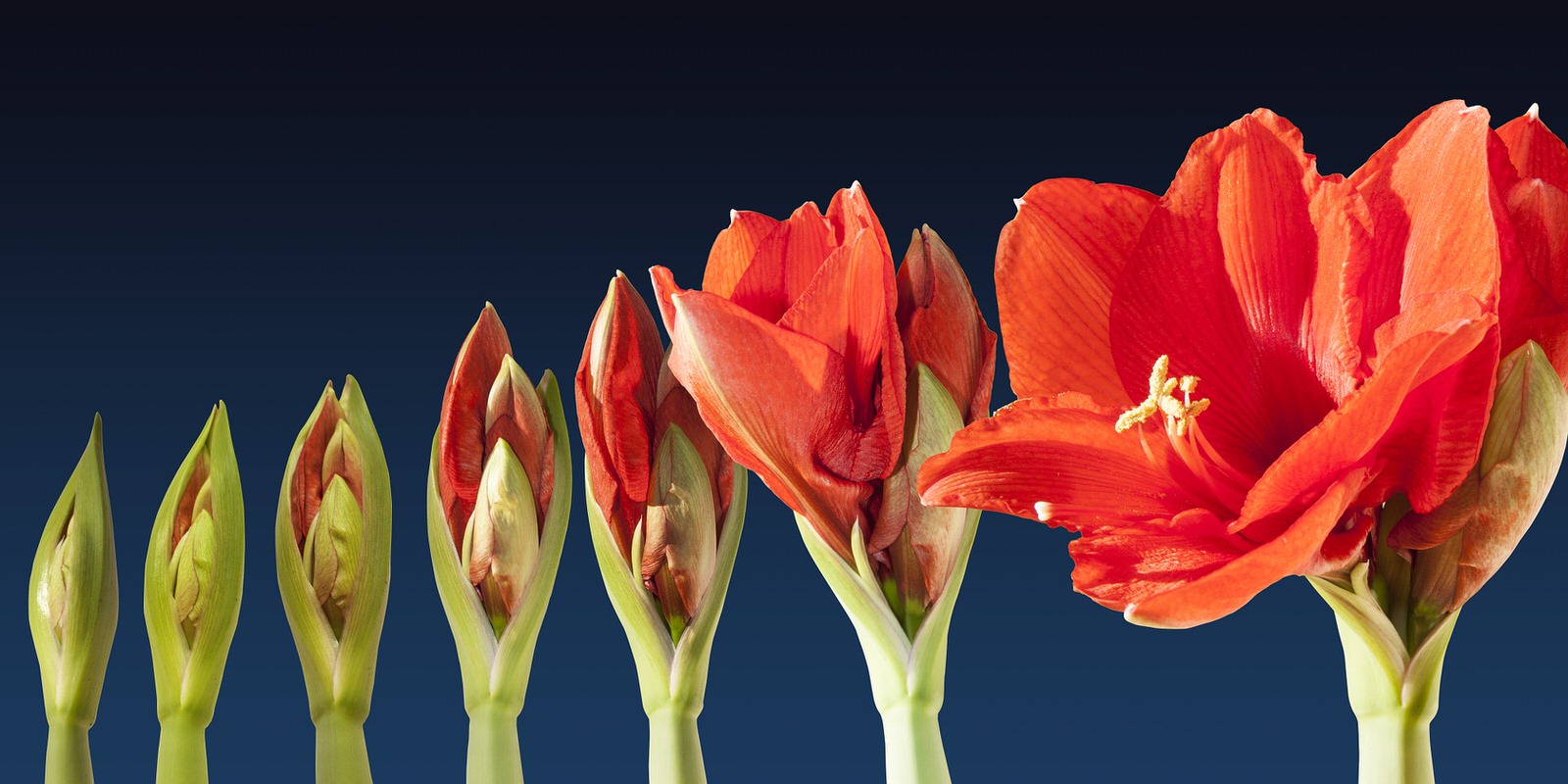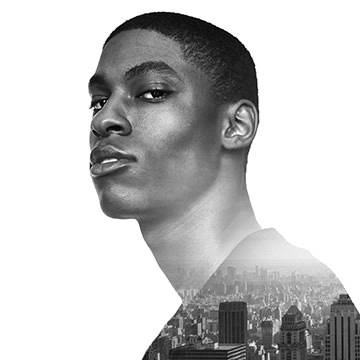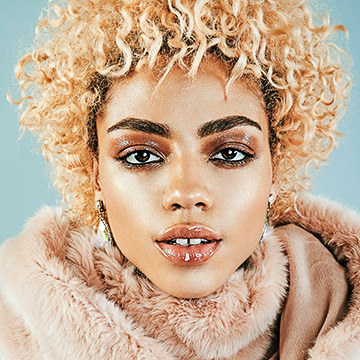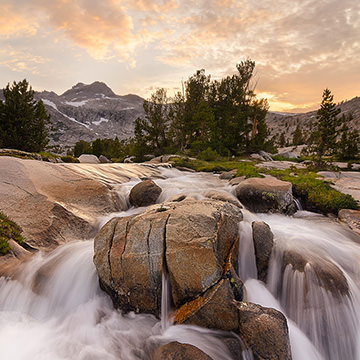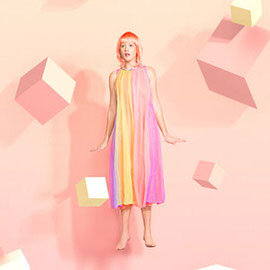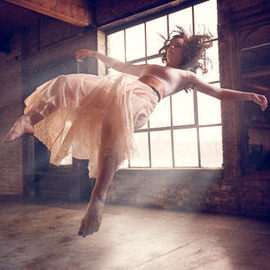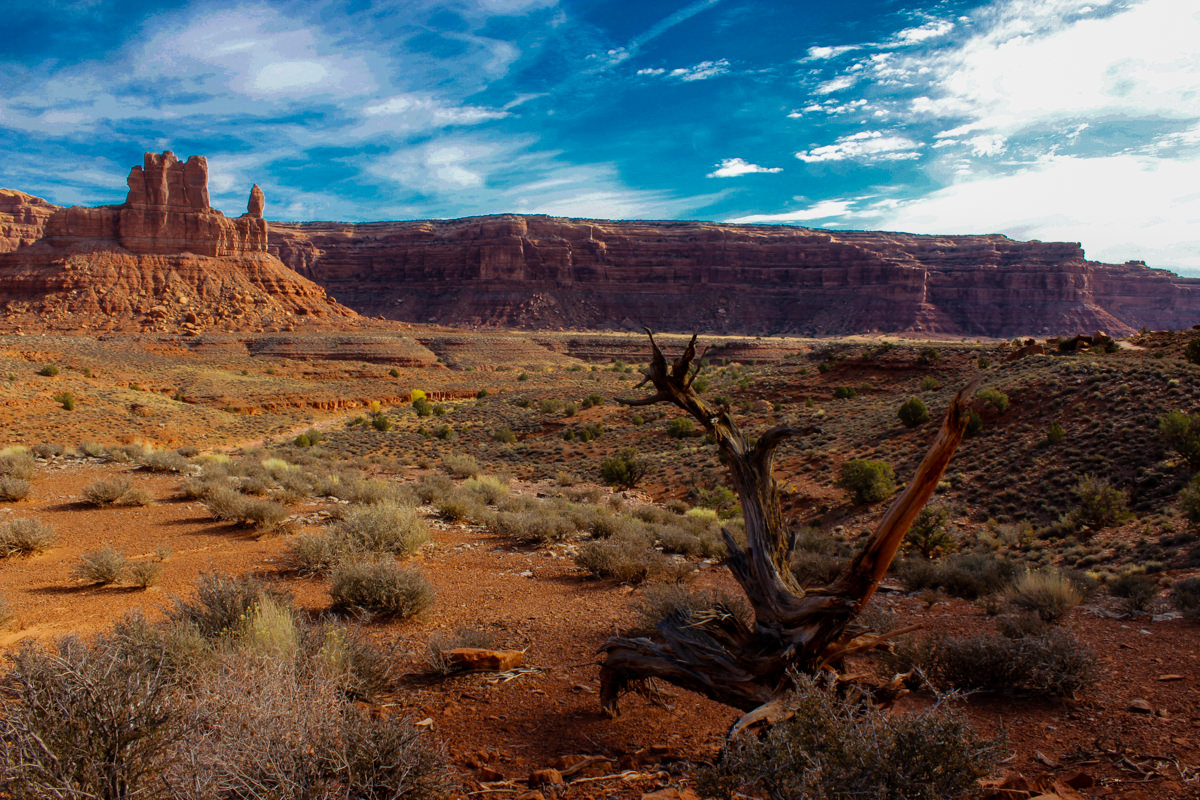
Taking on Creative Risks with Confidence
I don’t know what made me more nervous: my first real photo shoot with a model or having my 70-year-old mom along as my assistant. I took a deep breath to calm my shaking hands and peered through the viewfinder. The model was looking for me to give her direction, approval…anything. But I was frozen.
Then the words I often tell my friends – “Don’t be afraid of taking creative risks.” – came to mind. It was time to take my own advice. I mumbled something like, “looks great,” and pressed the shutter release button.
Click.
And with that one press of the button, I was caught up in the creative moment and my nerves disappeared. I also became hooked on portrait photography.
As an author of an outdoor adventure website, most of my photos are of inanimate objects and landscapes. Working with a model was way out of my comfort zone.
Although challenging ourselves and taking risks lead to growth, many of us stay in a safe shell. Afraid of failure, we become stuck in the day-to-day drudgery of routine projects, never exploring our more ambitious dreams. This can be a death blow for our creative lives.
When new challenges take us out of our comfort zone, our imagination can go wild and we can inflate the risks to unreal levels.
This is what I did as I looked into the model’s eyes during my first photo shoot. I imagined that if I failed, she would laugh at me and tell her friends never to work with me. Local photographers would know me by sight and snicker as I walked past them. Our imagination can get the best of us when we leave our comfort zone.
When this happens, it’s time to reel reality back in. I find it helpful to pretend as if I were a talking to a friend under similar circumstances. Would I tell a friend what I had just imagined? Of course not, because it’s not real. Instead, I tell myself what I would tell a friend, which is a great way to ground myself back in reality. I would encourage them (myself) to entertain the most logical outcome – the model might get frustrated and not want to work with them again, but that’s not the end of the world. More likely, the model may be understanding of them just getting started and demonstrate patience. If not, it was still a valuable learning opportunity.
Once we understand the real risk, it’s important to know that our confidence tends to decrease as the risk increases. For example, you may be confident in your ability to walk on a balance beam that’s only a few inches off the ground, but that confidence gets tossed out the window when the beam is place one hundred feet in the air.
One way to increase our confidence is by taking small steps. High wire artists don’t start performing one hundred feet above the ground. They start off low, move up in increments and use a safety net. These small steps help build confidence.
Since taking small steps typically don’t lead to catastrophic failures, they feel safer, and we are more likely to try new things. We can use these small steps to reach our ultimate goal.
After we have managed our risk, we can continue to boost our confidence by expanding our knowledge of the subject. We tend to be more confident with subjects we know and understand; it can be simple too, just follow these steps:
Plan and prepare.
Heading off into the unknown without any planning usually ends badly. Before taking on that next big challenge, do some research. One thing I like to do is practice my lighting techniques with a mannequin before the model arrives. Anything we do beforehand will help our confidence when it’s time for the real thing.
Expand your knowledge base on the subject.
As a photographer, this means understanding more than that role. Learn about wardrobe, makeup and posing. This knowledge can help immensely when things don’t “look right.”
Practice, practice, practice.
Unless you’re some kind of creative savant, you need to practice. Don’t expect to be an expert overnight. Although you can learn a lot by reading and watching videos, there’s no substitute for hands-on experience.
I try to use all of these tools before I take on a new challenge and find it not only helps my confidence, but inspires me to pursue creative avenues I may have been hesitant to try before. Do I fail? Sometimes. Do I make mistakes? All the time. I made a ton of them during my first photo shoot.
But this didn’t include bringing my mom along as my assistant. She was awesome and took it all in good humor, even when the model pretended to take off her top for what turned out to be one of the best shots from the session. It’s during these times I remember that although it can be scary to take on new creative challenges, not doing so runs an even greater risk – not fully discovering my creative potential.
